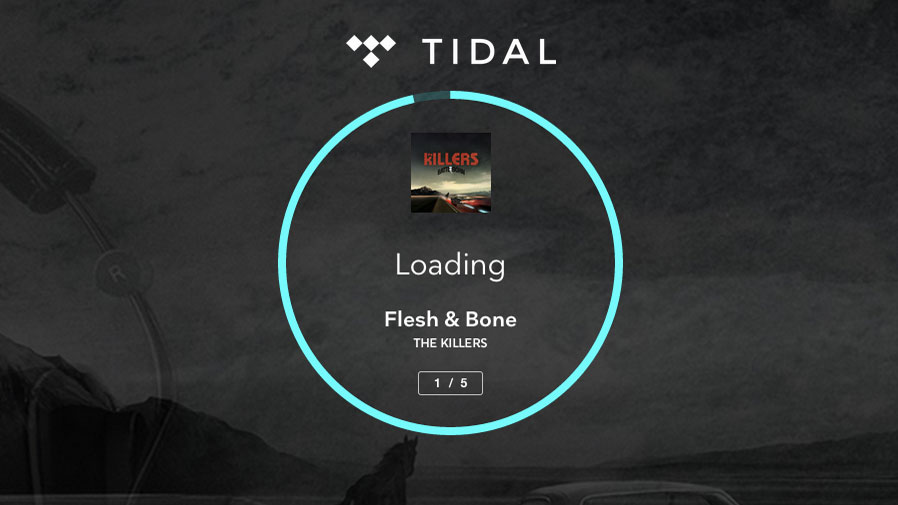Tidal's test: can you spot the difference between high fidelity music and AAC?
How did the TechRadar office fair?

Scandinavian company Tidal has laid claim to be the first high fidelity lossless music streaming service, so it has a vested interest in proving this point and has set up test.tidalhifi.com which allows you to try both as a direct comparison and see if you can spot the difference.
As you would expect, you can sign up for Tidal for a trial when you are done checking if you can pick out the lossless versions, but it's a diverting Friday activity, even if it's not the most scientific way of testing things out.
"Hundreds of thousands have invested in a good pair of headphones or an expensive home audio system, but they do not get a genuine High Fidelity experience as long as they are listening to compressed files - which most standard streaming services offer", said Andy Chen, CEO of Tidal.
Worth the money?
"Sales of high quality headphones increased 80 percent last year, but buying expensive audio products is wasted if you use a bad source," he added.
According to Tidal the two formats used are compressed tracks play in AAC 320 kbps and Tidal's HiFi-quality setting, which has CD quality and is played in FLAC format.
Several of us checked it out in the office, and the reaction was, if we're honest, pretty mixed, but resident audiophile and holder of the best audio kit James Rivington scored a perfect five.
Get daily insight, inspiration and deals in your inbox
Sign up for breaking news, reviews, opinion, top tech deals, and more.
Patrick Goss is the ex-Editor in Chief of TechRadar. Patrick was a passionate and experienced journalist, and he has been lucky enough to work on some of the finest online properties on the planet, building audiences everywhere and establishing himself at the forefront of digital content. After a long stint as the boss at TechRadar, Patrick has now moved on to a role with Apple, where he is the Managing Editor for the App Store in the UK.
